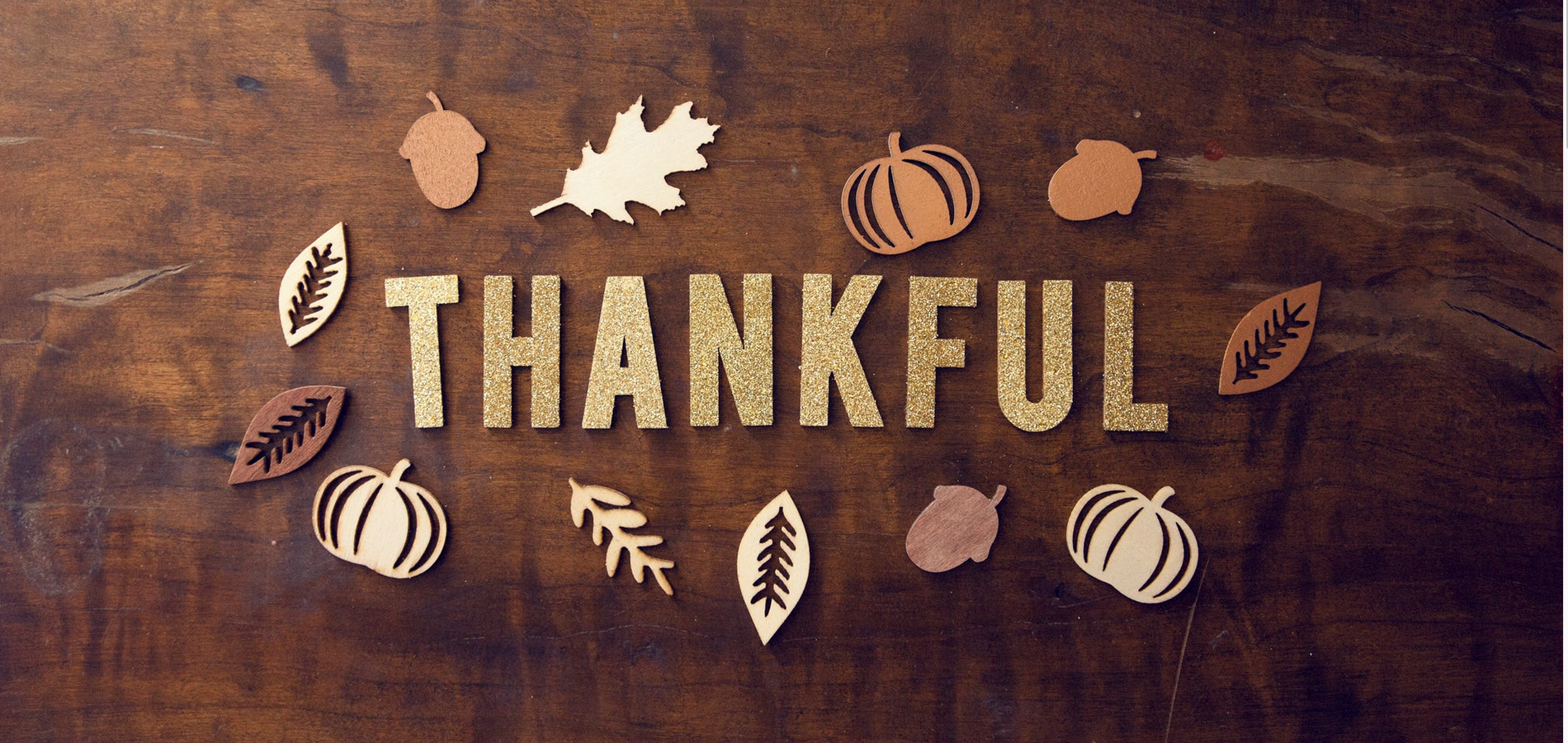Where Do Rosh Hashana’s Symbolic Foods Come From?
Hey JITC-
Where do the “meaningful omens” simanim foods come from?
Shana tova,
Alice
Dear Alice-
Thanks for your question. While I’ve seen the translation used, I personally wouldn’t call the simanim “omens,” which suggests something of prophetic significance. In my opinion, to call them omens is to imbue the simanim with superstitious powers – “if we do X, Y and Z, we’ll have a good year; if we don’t, we won’t.” While some people may feel that way, the simanim don’t really have that ability. Rather, they are merely symbolic gestures we make that are representative of our hopes for the coming year. Performing the simanim will not guarantee one a good year, nor will failure to do so condemn one to a bad year. What they are meant to do is to remind us to shape up and to do a good job on Rosh Hashana and in the Ten Days of Repentance in order to earn good things in the year ahead.
When we speak of the simanim – literally “signs” – we refer to the foods that we eat for symbolic reasons on Rosh Hashana, accompanied by prayers for the coming year. These foods are of two types: foods that are symbolic because of their inherent properties and foods that are symbolic because of wordplay.
The source of the custom is the Talmud in tractate Krisos (6a) in which Abaye says, “Having established that symbolic gestures are significant, on Rosh Hashana one should eat things like gourds, fenugreek, leeks, beets and dates.” (I am aware that prior to this the Talmud has been discussing actual omens, so there’s no need to point that out. A discussion of such omens is beyond our scope for today.)
The meaning of these symbols is as follows:
The Talmudic word for gourds is “kra,” which sounds like the word meaning to read and also the word meaning to tear. We pray that our merits should be read before God and that any evil decrees against us should be torn up.
The word for fenugreek is “rubia,” similar to the word meaning to increase (yirbu). We pray that our merits should increase.
Leeks is “karsi,” similar to the word meaning to cut off (kareis). We ask that our enemies should be cut off, i.e., destroyed.
Beets (silka) is similar to the word for removal (siluk). We ask that our opponents should be removed.
Finally, dates is tamrei, similar to the word to be consumed (yitamu). Again, this is something we ask be done to our enemies. (Historically, we have had a lot of enemies!)
The Talmudic list is just a list of suggestions. Over the generations, many other customs have arisen. Here are a few of the more popular ones:
By far the most well-known Rosh Hashana food is an apple dipped in honey, which is symbolic of our desire for a sweet year. (The honey is an ancient tradition; apples, despite their current ubiquity, are a relatively recent addition to the custom, having been adopted by Jews in Eastern Europe where they were widely available as summer turned to autumn.)
Pomegranate is another common Rosh Hashana food, because of its many seeds. We pray that our merits should increase until they are as numerous as the seeds in a pomegranate. (As an aside, the seeds of a pomegranate are covered in a pulp. One is meant to eat a pomegranate by sucking the pulp off of the seeds and then spitting them out. This can be tricky to master but remember: if at first you don’t suck seeds, try, try again!)
Fish is yet another siman, followed by a prayer that we should be as prolific as fish.
Formerly, one might have seen the head of a sheep on someone’s Rosh Hashana table. Nowadays, it’s much more likely that you’ll see a fish head (fish head, roly poly fish head…). This is accompanied by a prayer that we should be like the head rather than the tail.
Finally, there are carrots. In Yiddish, carrots are “mehren,” which also means “to increase.” Accordingly, we pray for our merits to increase. Those who shun our rich Yiddish heritage for whatever reason might still employ carrots on Rosh Hashana, relying on their Hebrew name, gezer. This sounds like the word for a decree (gezeira), and they pray that God discard any negative decrees against us. (To my knowledge, the Yiddish version is the original source of this particular practice, though I have not bothered to substantiate that belief.) In any event, aside from carrots’ use in the simanim, a sweet carrot tzimmes is a traditional Rosh Hashana side dish.
I say “finally” even though this list is not exhaustive. There are still other practices, both historical and contemporary. Once upon a time, it was customary to eat liver on Rosh Hashana because the word for “livers” in Yiddish (leberlach) sounds like the phrase “live honorably” (leb ehrlich). In considerably more modern times, my children had a teacher who used to joke about eating lettuce, half a raisin, and celery (“let us have a raise in salary”). That may sound like making fun (and I don’t know anyone who actually does this) but it’s exactly the kind of clever wordplay that led to the many of the customs we actually have today.
Not that you asked, but there are also foods that we are accustomed not to eat on Rosh Hashana. Most well-known is no doubt nuts. People will tell you that the reason we avoid nuts is because the numerical value of “egoz” (nut) is the same as “cheit” (sin). (Well, it is if you spell “cheit” wrong. The way the word is spelled and the way it’s pronounced are different. It’s complicated.) In any event , while this explanation is certainly recorded in halachic literature, I suspect that it is likely an explanation after the fact. I believe the other explanation is more likely the origin of the practice: nuts generate phlegm, which could impede one’s ability to pray during the much-longer-than-usual service.
There is also a practice to avoid vinegar and other sour or bitter foods, like horseradish. This is not an ironclad prohibition, as some believe that “fish without horseradish is like a wedding without music” (i.e., if it’s going to spoil your enjoyment of the fish, don’t refrain from the horseradish). Consult your rabbi for guidance in this matter.
Eating the simanim is an ancient custom but it’s not an obligation like eating matzah and maror at the Seder. If you don’t like carrots, fish heads or fenugreek (whatever that is), you don’t have to eat them and failure to do so will not condemn you to a lousy year. Just try to internalize the message that the simanim are meant to impart and bring it to life in your prayers and in your actions.
Sincerely,
Rabbi Jack Abramowitz
JITC Educational Correspondent
If you found this content meaningful and want to help further our mission through our Keter, Makom, and Tikun branches, please consider becoming a Change Maker today.







